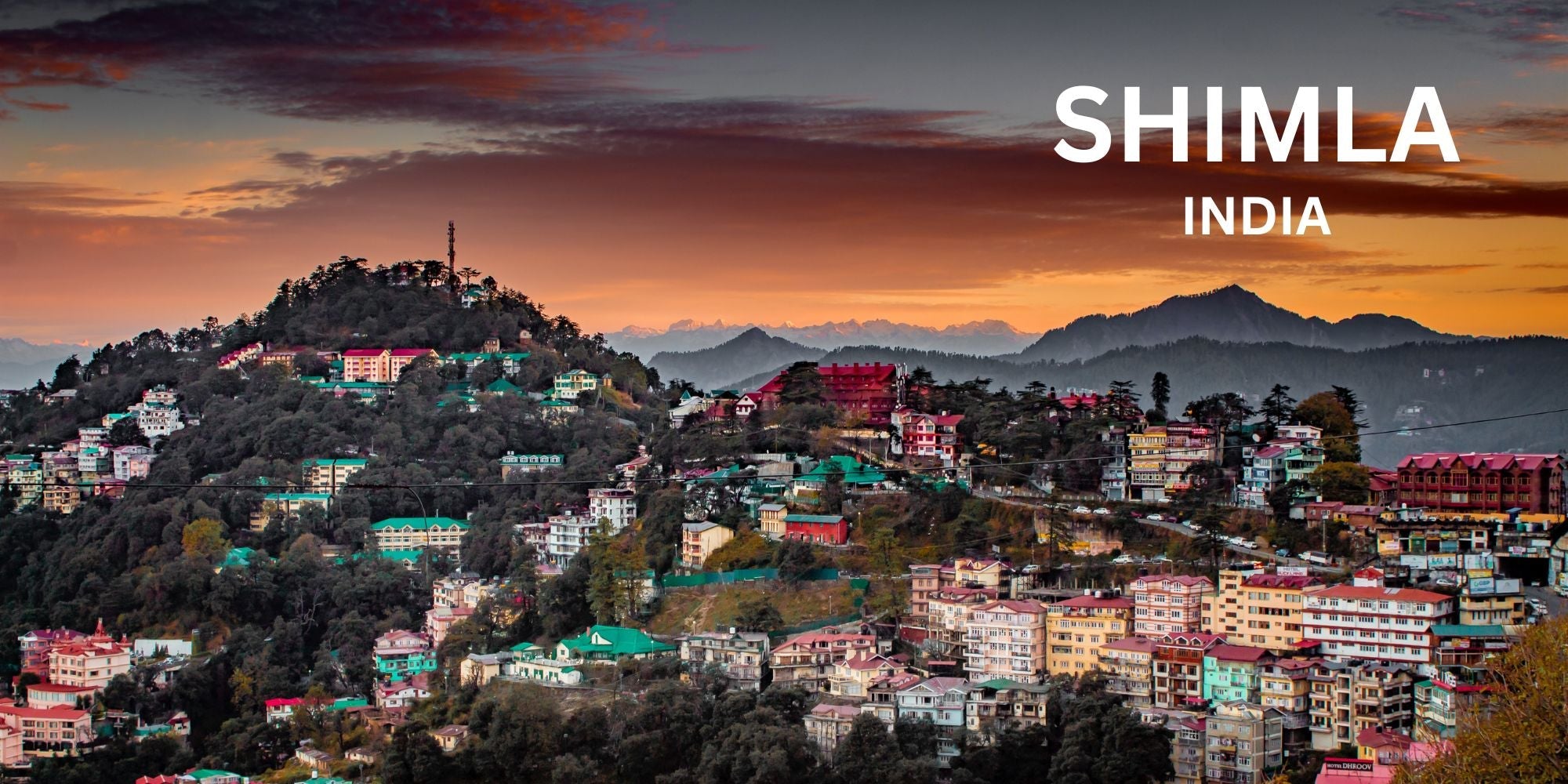
By: Beth Rush
Managing Editor at Body+Mind
Adjusting to Shimla’s height from sea level isn’t the easiest feat. Although it’s far from the highest city in the world, its altitude can affect those traveling from lower-lying areas.
However, this location has gained a reputation as one of the world’s best summer resorts for a good reason. Ecotourism opportunities abound, as do health spas and relaxing retreats for practicing yoga, indulging in body treatments and recovering from the slings and arrows of daily existence. Considering Shimla elevation, the following six tips can make your trip even more memorable by keeping you feeling your best despite the altitude.
Shimla, India, lies at an elevation of roughly 7,100 feet.¹
Shimla Elevation:
That makes it nearly 2,000 feet taller than the “Mile High” city of Denver. You can use that point of reference to gauge how Shimla’s height from sea level may affect you. It might not set you back much if you dwell amid the mountains at home, but folks from along the coast may need an adjustment period.
Those who come to India for a taste of the culture flock to Shimla Ridge. This thriving hotspot provides expansive views of the city while serving as an art and cultural mecca that captures the regional spirit.² Visit the photo art gallery or meditate at Tara Devi Temple, where devotees go for spiritual enlightenment. The Indian Institute of Advanced Studies is a must-visit for those interested in higher education and is also a heritage site.
Shimla is perhaps best known for its plethora of outdoor activities. You can participate in healing ecotherapy activities such as riding your bike through the meandering trails as you gaze at the towering Himalayan Mountains or practicing yoga as the morning light streams through the bows of the pine forests.³ Venture out at night — you might capture an amazing photograph of the Milky Way above the peaks of the world’s tallest mountains.
Those who prefer warmer climates should book their trip to Shimla between April and June.⁴ If, like Disney’s Elsa, the cold never bothered you anyway, the second season between November to January lets you hike through some of the best snowy environments in India.
Altitude sickness occurs as your body adjusts to lower oxygen concentrations at higher elevations. Although it typically strikes above 8,000 feet above sea level and affects nearly everyone at 11,000 feet or higher, those who are sensitive may experience symptoms as low as 5,000 feet, especially if they spend most of their time in low-lying or coastal areas.⁵
Watch out for the following signs of altitude sickness as you adjust to Shimla’s height from sea level.
Signs of Shimla altitude sickness:
Please don’t try to push through such symptoms — doing so only makes them worse. Instead, rest and give yourself time to adjust to the higher altitude. Seek medical attention if you experience signs like a blue tint to your skin, going gray or pale, chest tightness, coughing up blood or decreased consciousness.
Fortunately, most cases of altitude sickness remain mild and require only rest to adjust. While descending to a lower altitude may not be possible on your trip, you can ask for supplemental oxygen to ease the transition. Some hotels may even provide it as a courtesy.
The following six tips can help you adjust to Shimla’s height from sea level. As a Colorado based high-altitude company, we have experience on the best things to do.
6 Tips to Adjust to Shimla’s Elevation:
Adjusting to Shimla’s height from sea level means remaining extra mindful during the first day or two of your visit. Although some people experience few if any symptoms, pushing through them, even if mild, can make the condition worse.
Instead, give yourself extra time to enjoy your vacation and adjust to the change. Drink plenty of water, prepare yourself with your favorite supplement and go easy the first day. Doing so goes a long way toward ensuring a pleasurable, memorable and healthy holiday.

SOURCES:
1. Shimla, India
https://www.britannica.com/place/Shimla
2. 30 things to do in Shimla: Witness the charm of the Queen of the Hills
https://www.tripplannersindia.com/blog/things-to-do-in-shimla
3. Ecotherapy
https://www.sanctuary.net/treatments/ecotherapy/
4. The best time to visit Shimla
https://www.cntraveller.in/story/the-best-time-to-visit-shimla/
5. How altitude sickness affects your lungs
https://www.lung.org/blog/altitude-sickness-respiratory-problems
6. 5 health tips about water
https://bodymind.com/health-tips-about-water/
7. The key differences between keto and Atkins diets
https://bodymind.com/the-key-differences-between-keto-and-atkins-diets/
8. Preventing altitude sickness when hiking at high altitudes
https://blog.outdoorherbivore.com/camp-tips/preventing-altitude-sickness/
Copy the coupon code & use it at checkout